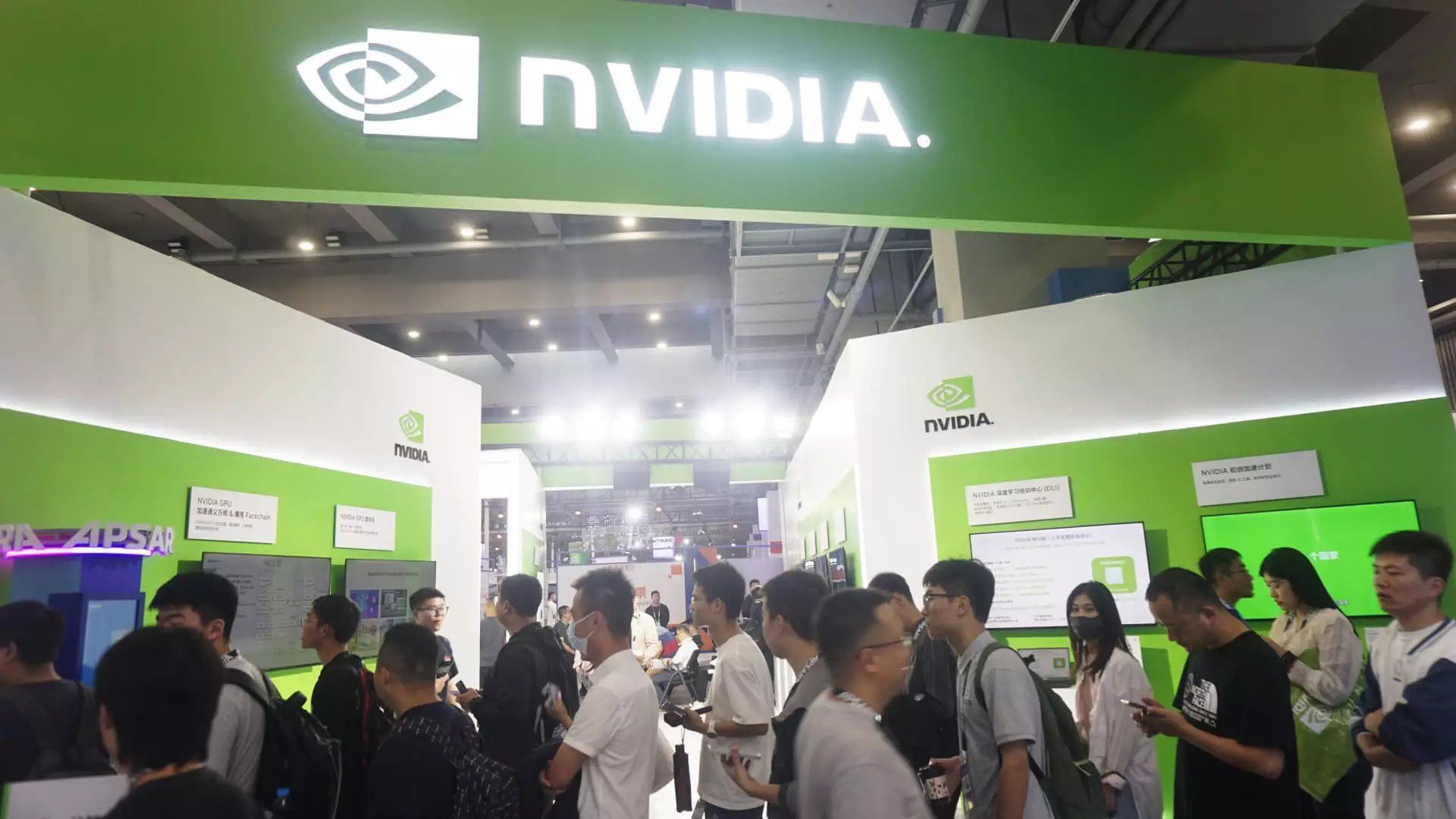The market saw a notable decline in chip stocks in premarket trading, with some of the largest semiconductor companies like Nvidia, Taiwan Semiconductor, and AMD all experiencing drops in their stock prices. This was attributed to a Bloomberg News report suggesting that the Biden Administration is considering imposing stricter trade restrictions due to concerns about the extent to which U.S. companies are sharing semiconductor technology with China. Additionally, ASML, a company that provides equipment to chipmakers, saw a major drop of over 8% in response to this news. The VanEck Semiconductor ETF (SMH) was also down almost 4%.
Retailer Five Below experienced a significant drop of over 15% after cutting its second-quarter outlook and announcing the departure of CEO Joel Anderson. This news led to several Wall Street firms, including Evercore ISI, Morgan Stanley, Truist, and Mizuho Securities, downgrading the company. The sudden change in leadership coupled with a revised financial outlook had a negative impact on investor confidence, resulting in the sharp decline in stock price.
US Bancorp, a bank stock, managed to rise more than 1% after reporting second-quarter earnings that surpassed expectations. With earnings per share coming in at 97 cents compared to an estimate of 94 cents per share, the company outperformed analyst predictions. This positive outcome contributed to the stock’s upward movement in premarket trading, showcasing strong financial performance in a challenging economic environment.
J.B. Hunt Transport Services faced a decline of about 3% after missing Wall Street’s estimates in its second-quarter results. Despite reporting earnings of $1.32 per share on revenue of $2.9 billion, the company fell short of analyst forecasts predicting a profit of $1.48 per share and $3 billion in sales. Factors such as increased insurance and equipment costs, along with trimmed operating expenses, contributed to the underperformance, leading to a decrease in stock price.
V.F. Corporation witnessed a significant jump of 6.8% following the announcement that eyewear group EssilorLuxottica agreed to acquire the Supreme brand from V.F. Corporation for $1.5 billion in cash. This acquisition deal added value to V.F. Corporation’s stock, as investors responded positively to the news. The transaction, expected to close by the end of 2024, highlighted the strategic decisions made by the company to enhance its financial position and market presence.
Omnicom Group’s Mixed Results
Despite Omnicom Group reporting stronger-than-expected second-quarter revenue, the corporate communications company saw a decline of more than 3% in premarket trading. While the company’s earnings of $1.95 per share excluding items matched analyst forecasts, its revenue of $3.85 billion slightly exceeded expectations. The stock’s downward movement indicated a nuanced response from investors, reflecting a blend of positive and negative sentiments towards the company’s performance.
GitLab and Datadog’s Acquisition Interest
DevOps software company GitLab experienced a significant surge of over 14% after reports emerged that the company was exploring a sale following acquisition interest from firms like Datadog. This news had a positive impact on GitLab’s stock price, showcasing investor optimism towards potential strategic partnerships or acquisitions. On the other hand, shares of Datadog slipped more than 3%, reflecting a different market reaction to the acquisition news.
Johnson & Johnson’s Guidance Disappointment
Shares of Johnson & Johnson saw a marginal decline in premarket trading due to disappointing full-year earnings guidance. The company revised its earnings per share expectation to a range of $9.97-$10.07, down from the previous guidance of $10.57-$10.72. This adjustment fell below analyst expectations, with FactSet polls anticipating guidance around $10.45 per share. The stock’s slight dip indicated investor concern over the company’s financial outlook for the year.
The pre-market trading activity reflected a mix of positive and negative developments across different companies and sectors. From declines in chip stocks to acquisition interest in software companies and leadership changes in retail, the market exhibited a range of reactions to company-specific news and broader economic trends. Investors remained attentive to earnings reports, strategic announcements, and external factors that influenced stock prices, showcasing the dynamic nature of financial markets.

